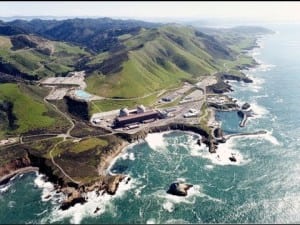
Diablo Canyon Power Plant Units 1 and 2 will shut down in 2024-25, when their operating licenses expire, operator Pacific Gas & Electric Co. announced Tuesday as the company shifts toward “greenhouse-gas-free resources.”
Located about 12 miles southwest…